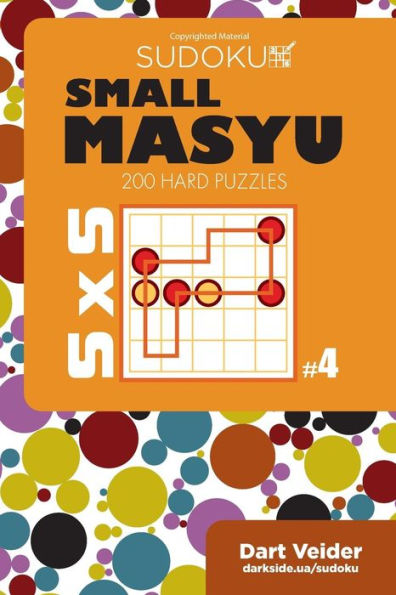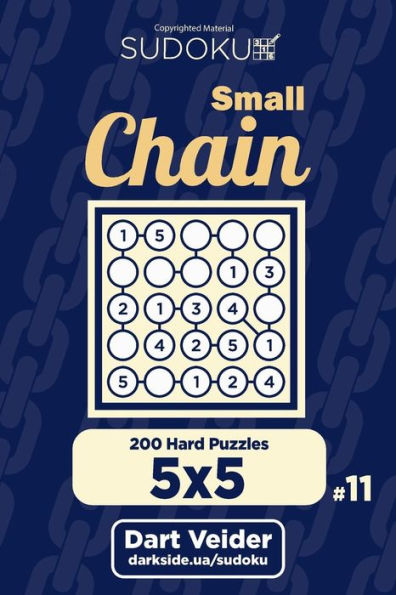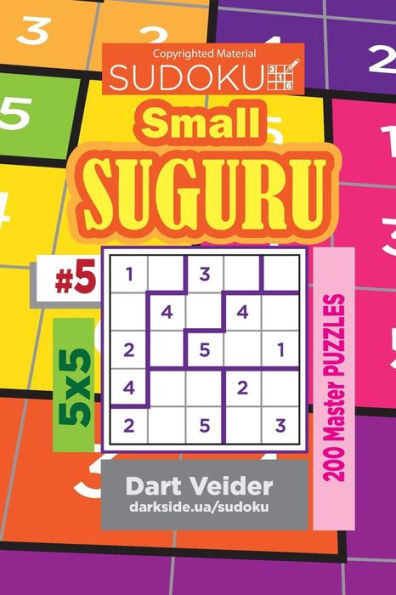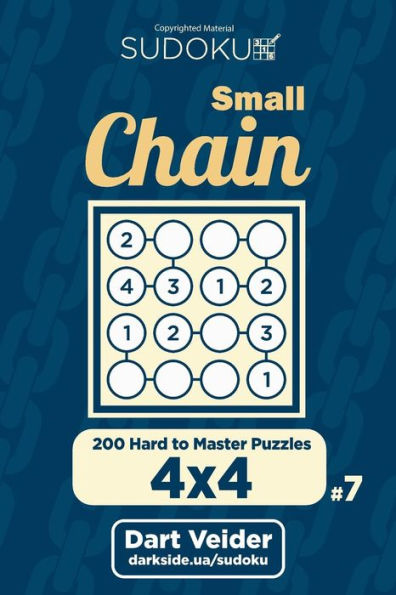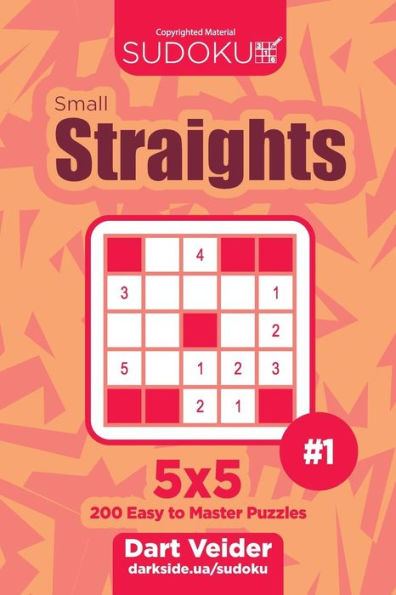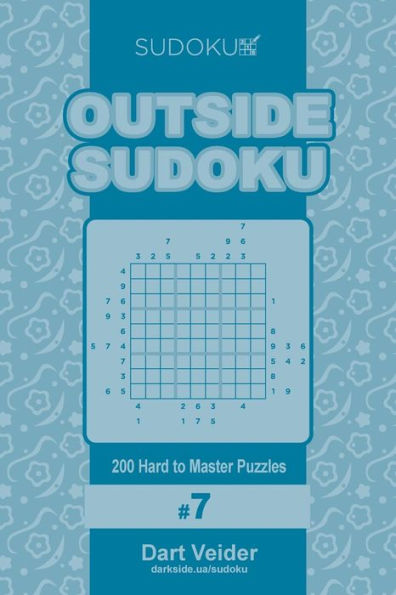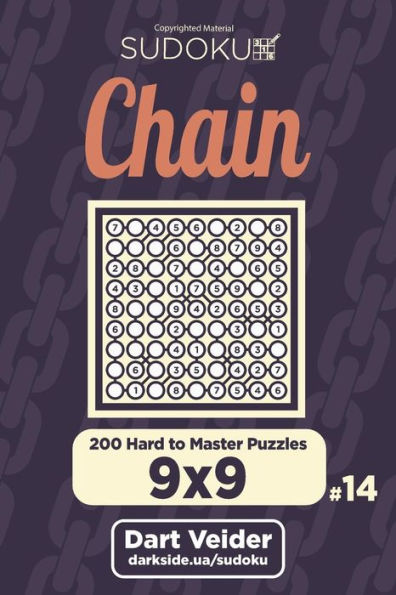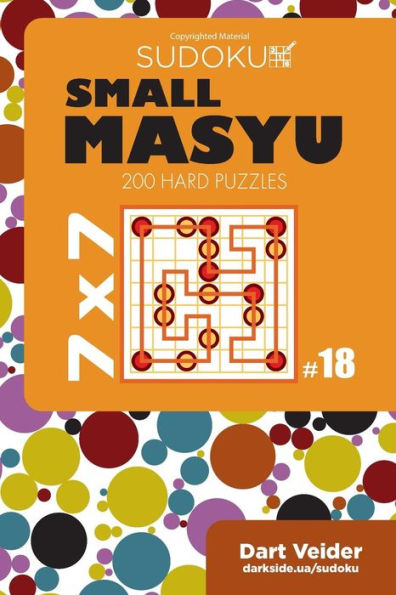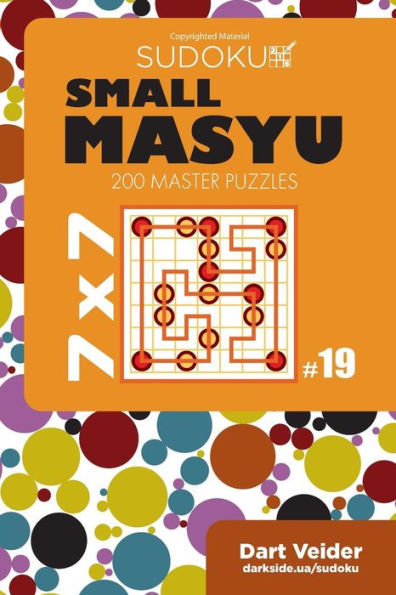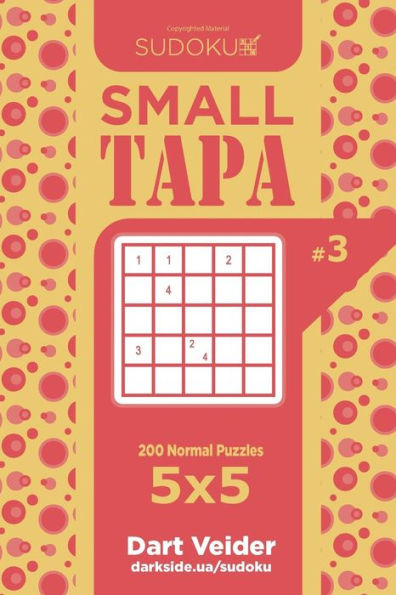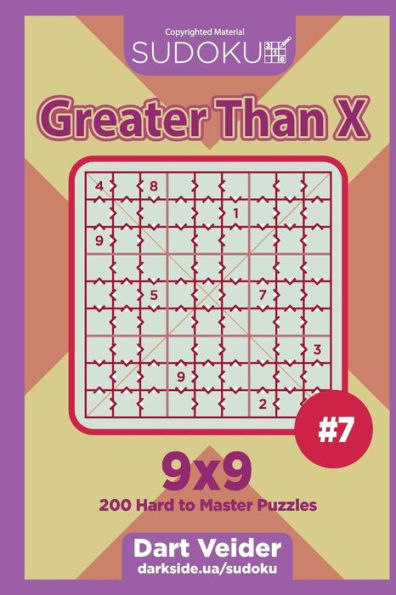Home
Small Masyu Sudoku - 200 Hard to Master Puzzles 5x5 (Volume 7)
Barnes and Noble
Loading Inventory...
Small Masyu Sudoku - 200 Hard to Master Puzzles 5x5 (Volume 7)
Current price: $7.49
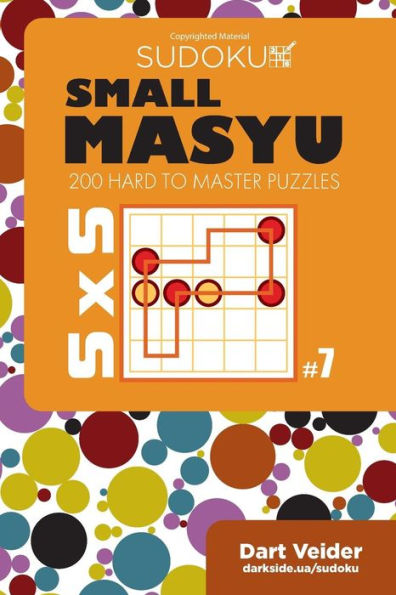
Barnes and Noble
Small Masyu Sudoku - 200 Hard to Master Puzzles 5x5 (Volume 7)
Current price: $7.49
Loading Inventory...
Size: OS
*Product information may vary - to confirm product availability, pricing, shipping and return information please contact Barnes and Noble
Masyu
is a type of logic. The purpose of its creation was to present a puzzle that uses no numbers or letters and yet retains depth and aesthetics. Masyu is played on a rectangular grid of squares, some of which contain circles, each circle is either "white" (empty) or "black" (filled). The goal is to draw a single continuous non-intersecting loop that properly passes through all circled cells. The loop must "enter" each cell it passes through from the center of one of its four sides and "exit" from a different side, all turns are therefore 90 degrees. The two varieties of circle have differing requirements for how the loop must pass through them:
- White circles must be traveled straight through, but the loop must turn in the previous and/or next cell in its path.
- Black circles must be turned upon, but the loop must travel straight through the next and previous cells in its path.
is a type of logic. The purpose of its creation was to present a puzzle that uses no numbers or letters and yet retains depth and aesthetics. Masyu is played on a rectangular grid of squares, some of which contain circles, each circle is either "white" (empty) or "black" (filled). The goal is to draw a single continuous non-intersecting loop that properly passes through all circled cells. The loop must "enter" each cell it passes through from the center of one of its four sides and "exit" from a different side, all turns are therefore 90 degrees. The two varieties of circle have differing requirements for how the loop must pass through them:
- White circles must be traveled straight through, but the loop must turn in the previous and/or next cell in its path.
- Black circles must be turned upon, but the loop must travel straight through the next and previous cells in its path.
Masyu
is a type of logic. The purpose of its creation was to present a puzzle that uses no numbers or letters and yet retains depth and aesthetics. Masyu is played on a rectangular grid of squares, some of which contain circles, each circle is either "white" (empty) or "black" (filled). The goal is to draw a single continuous non-intersecting loop that properly passes through all circled cells. The loop must "enter" each cell it passes through from the center of one of its four sides and "exit" from a different side, all turns are therefore 90 degrees. The two varieties of circle have differing requirements for how the loop must pass through them:
- White circles must be traveled straight through, but the loop must turn in the previous and/or next cell in its path.
- Black circles must be turned upon, but the loop must travel straight through the next and previous cells in its path.
is a type of logic. The purpose of its creation was to present a puzzle that uses no numbers or letters and yet retains depth and aesthetics. Masyu is played on a rectangular grid of squares, some of which contain circles, each circle is either "white" (empty) or "black" (filled). The goal is to draw a single continuous non-intersecting loop that properly passes through all circled cells. The loop must "enter" each cell it passes through from the center of one of its four sides and "exit" from a different side, all turns are therefore 90 degrees. The two varieties of circle have differing requirements for how the loop must pass through them:
- White circles must be traveled straight through, but the loop must turn in the previous and/or next cell in its path.
- Black circles must be turned upon, but the loop must travel straight through the next and previous cells in its path.
